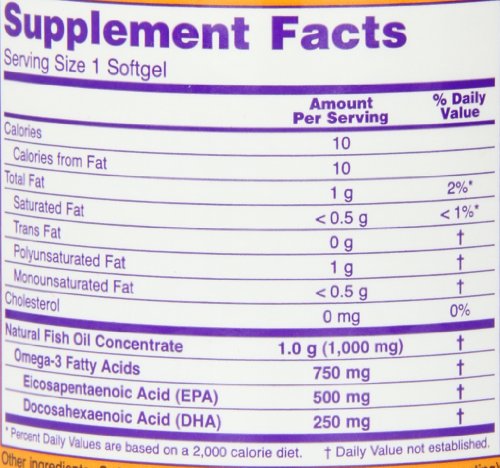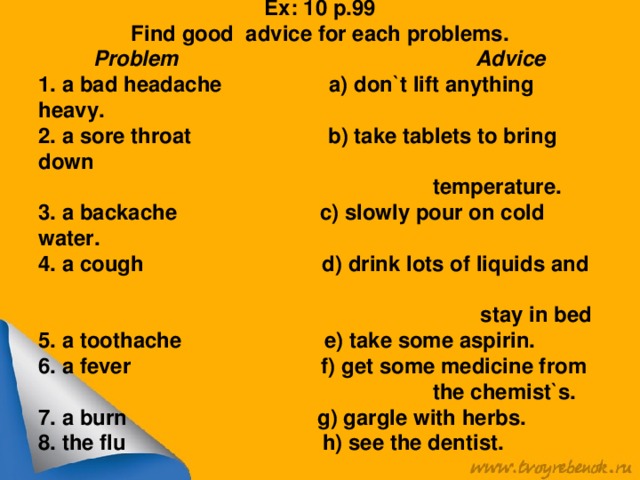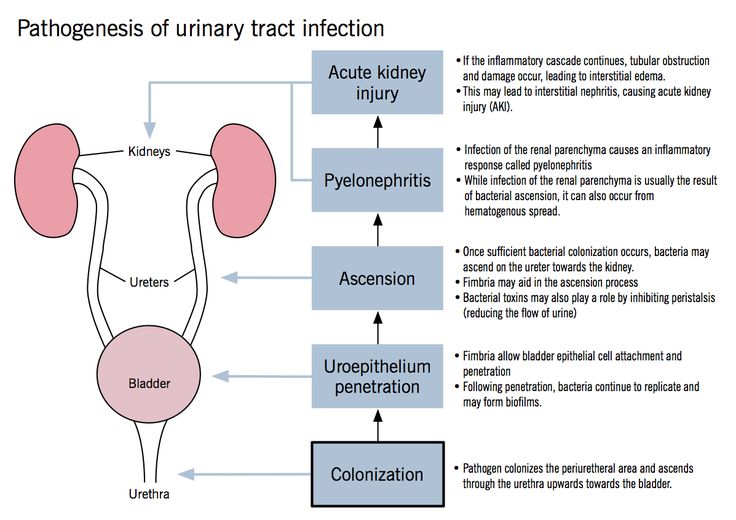How much fish oil is safe for a child
Fish Oil for Kids: What's the Right Dose?
Author: Gina Jaeger, PhD
Last reviewed on June 17, 2019
Getting children to eat healthy is a familiar struggle for many parents—and often a losing battle at that. We all know that kids need adequate nutrients to function optimally, but knowing which nutrients they need (and importantly, how much they need) is often a different story. Fortunately, scientists have done most of the legwork for us.
Decades of research have established the benefits of omega-3 fatty acids eicosapentaenoic acid (EPA) and docosahexaenoic acid (DHA) for children’s cellular structure and function, neurological and cognitive development, and immune health.1 However, despite their importance for children’s health, recent data from the Center for Disease Control and Prevention indicates that the EPA and DHA intakes of American children are well below recommended levels.2 As a result, American children are at risk for a number of suboptimal health and developmental outcomes. 1
EPA and DHA are necessary for normal growth and development
Childhood is characterized by periods of rapid growth and development. Because EPA and DHA are foundational nutrients that take part in many of the structural and functional activities occurring within cells, they are considered necessary for normal growth and development. (See “An Introduction to Omega-3 Fats” for more information on the effects and benefits of omega-3s.) The significance of obtaining sufficient EPA and DHA during childhood is illustrated by research studies showing positive benefits when omega-3s are abundant in supply, and negative consequences when omega-3 levels are lacking.1,3
For example, adequate omega-3 levels help support children’s physical, cognitive, and social development by promoting:
- normal brain and central nervous system function,1,4
- a healthy immune response and respiratory wellness,5
- focus and attention regulation,6,7 and
- cognitive skills such as reading and math.
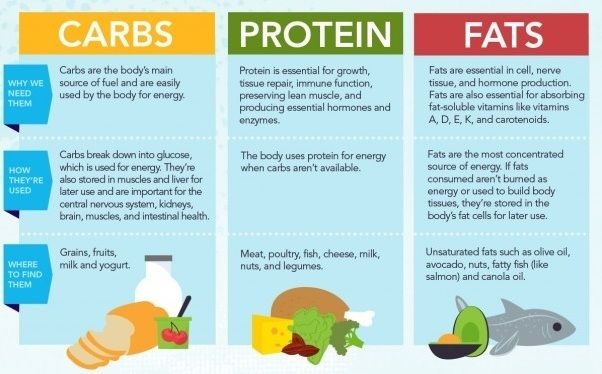 8,9
8,9
The relationship between omega-3s and health is further evidenced by studies linking inadequate EPA and DHA levels to:
- difficulties regulating behavior and attention,10,11
- suboptimal cognitive performance,12 and
- an unhealthy immune response to environmental stressors.5,13
Current omega-3 dosage recommendations for children are too low
Given their importance for cellular and developmental health, a number of health organizations provide recommendations for daily omega-3 fatty acid intake.14 These recommendations tend to vary by organization, but typically suggest that adults receive a minimum of 500 mg of EPA+DHA a day, and children receive 150 to 250 mg of EPA and DHA a day.14 However, these recommendations are based on clinical trials using conservative amounts, when more recent research indicates that doses as high as 5000 mg are well tolerated by children and adults, and more effective for increasing omega-3 status than smaller doses.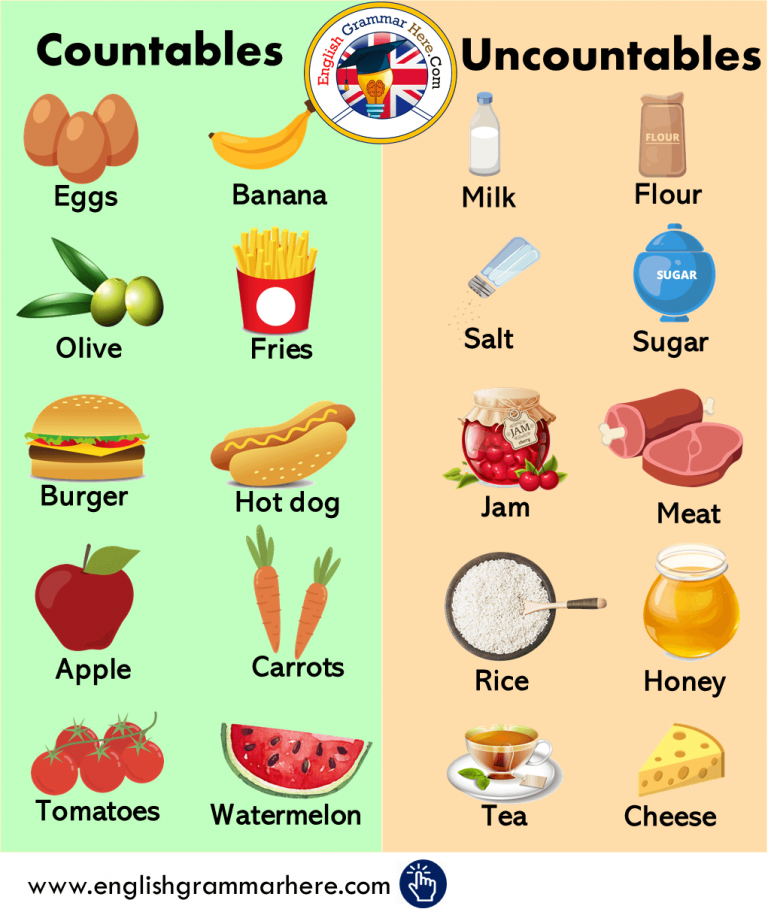 6,15,16
6,15,16
Also, because a number of factors can impede children’s ability to synthesize omega-3 fatty acids (and thus the amount of EPA and DHA needed to maintain optimal cellular health) doses as small as 150 mg to 250 mg are unlikely to make a significant impact on the health of most children. Fortunately, larger doses help buffer against genetic and environmental variables that can affect omega-3 status.16 (For a more detailed discussion of factors impeding omega-3 synthesis and issues concerning dosage, see Omega-3 Dosage: How much EPA and DHA should I take?).
Evidence-based dosage recommendations for children
In light of research showing that: 1) smaller doses are less likely to provide sufficient support for all individuals,16 2) doses larger than 5000 mg are well-tolerated by child and adult populations,6,15 and 3) sufficient EPA and DHA is necessary for normal growth and development, it stands to reason that children would benefit from consuming considerably larger doses than those currently recommended. 1,2More specifically, children between the ages of 4 to 12 would benefit from taking approximately 2000 mg of EPA and DHA a day. This is equivalent to roughly 4-5 servings of fish per week, two highly concentrated fish oil pills a day, or 1 teaspoon of concentrated fish or algae oil a day. Although getting your omega-3 fatty acids from food is preferable to supplements, fish or algae oil can provide a reliable source of EPA and DHA for picky eaters and children with limited access to fish. (See “An Introduction to Omega-3 Fats” for more information about omega-3 foods.)
1,2More specifically, children between the ages of 4 to 12 would benefit from taking approximately 2000 mg of EPA and DHA a day. This is equivalent to roughly 4-5 servings of fish per week, two highly concentrated fish oil pills a day, or 1 teaspoon of concentrated fish or algae oil a day. Although getting your omega-3 fatty acids from food is preferable to supplements, fish or algae oil can provide a reliable source of EPA and DHA for picky eaters and children with limited access to fish. (See “An Introduction to Omega-3 Fats” for more information about omega-3 foods.)
2000 mg of EPA and DHA per day is supportive for most healthy children
EPA and DHA are foundational nutrients that must be consumed through either food or supplements. The recent finding that American children consume significantly fewer omega-3s than current recommendations (which are already too low) may have long-lasting implications for children’s health and development.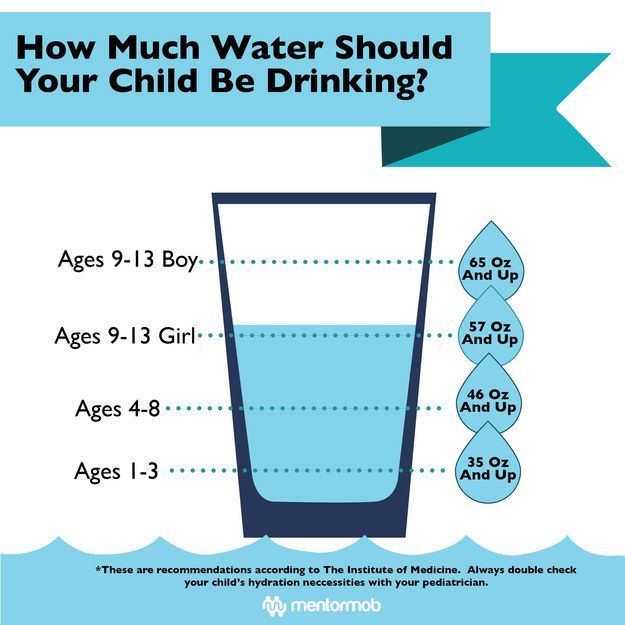 1,2 The only conclusive way to determine a child’s individual omega-3 needs is through blood testing and working with their doctor to establish an optimal dose. However, in the absence of testing, the available evidence suggests that ~2000 mg of EPA and DHA a day can provide sufficient omega-3 support for most healthy children.
1,2 The only conclusive way to determine a child’s individual omega-3 needs is through blood testing and working with their doctor to establish an optimal dose. However, in the absence of testing, the available evidence suggests that ~2000 mg of EPA and DHA a day can provide sufficient omega-3 support for most healthy children.
Gina Jaeger, PhD is a Developmental Specialist and Lead Research Writer for Nordic Naturals. She holds a doctorate in Human Development, and has published several research articles on children's cognitive development. Gina enjoys studying and educating others on strategies for optimizing health and wellness throughout the lifespan.
Benefits, Side Effects, and Dosage
Omega-3 fatty acids are a crucial component of a healthy diet.
These essential fats are especially important for children, as they play a key role in growth and development and are associated with numerous health benefits (1).
However, many parents are unsure whether omega-3 supplements are necessary — or even safe — for their children.
This article takes an in-depth look at the benefits, side effects, and dosage recommendations of omega-3 supplements to determine whether kids should take them.
Omega-3s are fatty acids that are integral to many aspects of health, including fetal development, brain function, heart health, and immunity (2).
They’re considered essential fatty acids because your body cannot produce them on its own and needs to obtain them from food.
The three main types are alpha-linolenic acid (ALA), eicosapentaenoic acid (EPA), and docosahexaenoic acid (DHA).
ALA is present in a variety of plant foods, including vegetable oils, nuts, seeds, and certain vegetables. Yet, it isn’t active in your body, and your body only converts it into active forms, such as DHA and EPA, in very small amounts (3, 4).
Meanwhile, EPA and DHA occur naturally in fatty fish, such as salmon, mackerel, and tuna, and are widely available in supplements (3).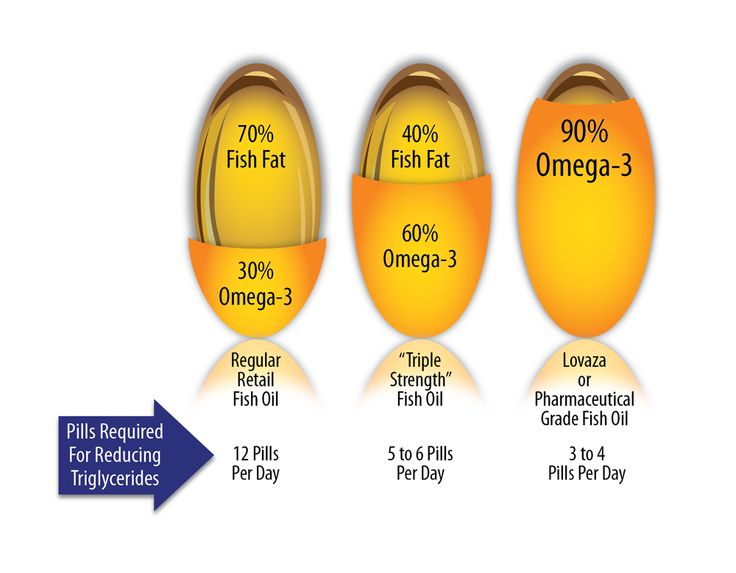
While many types of omega-3 supplements exist, some of the most common are fish oil, krill oil, and algae oil.
SummaryOmega-3 fats are essential fatty acids that play a central role in several aspects of your health. ALA, EPA, and DHA are the three main types available in foods and supplements.
Many studies suggest that omega-3 supplements offer several benefits for children.
May improve symptoms of ADHD
Attention deficit hyperactivity disorder (ADHD) is a common condition linked to symptoms like hyperactivity, impulsiveness, and difficulty focusing (5).
Some research indicates that omega-3 supplements may help decrease ADHD symptoms in children.
A review of 16 studies revealed that omega-3 fatty acids improved memory, attention, learning, impulsivity, and hyperactivity, all of which are often affected by ADHD (6).
A 16-week study in 79 boys showed that taking 1,300 mg of omega-3s daily improved attention in those with and without ADHD (7).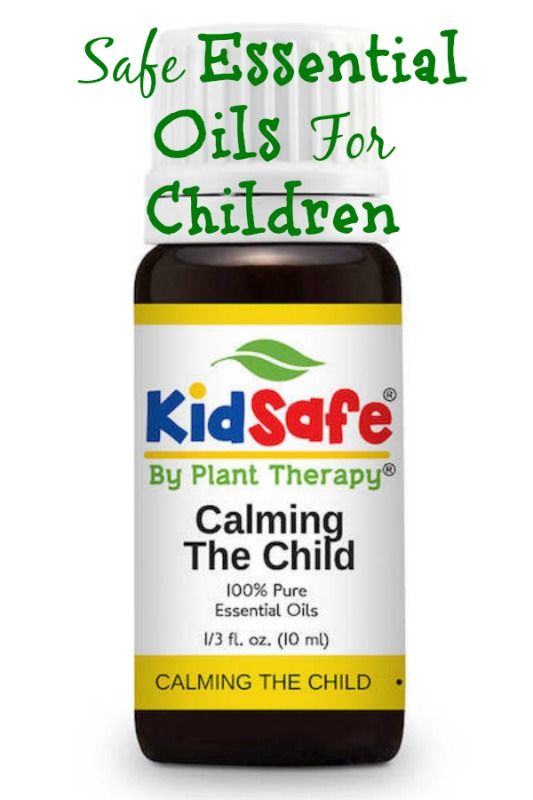
What’s more, a large review of 52 studies concluded that dietary modifications and fish oil supplements were two of the most promising techniques to reduce ADHD symptoms in children (8).
Could reduce asthma
Asthma is a chronic condition that affects children and adults, causing symptoms like chest pain, breathing difficulties, coughing, and wheezing (9).
Some studies have found that omega-3 fatty acid supplements help relieve these symptoms.
For instance, a 10-month study in 29 children noted that taking a fish-oil capsule containing 120 mg of combined DHA and EPA daily helped decrease symptoms of asthma (10).
Another study in 135 children associated a higher intake of omega-3 fatty acids with a reduction in asthma symptoms caused by indoor air pollution (11).
Other studies reveal a possible link between omega-3 fatty acids and a lower risk of asthma in children (12, 13).
Promotes better sleep
Sleep disturbances affect nearly 4% of children under age 18 (14).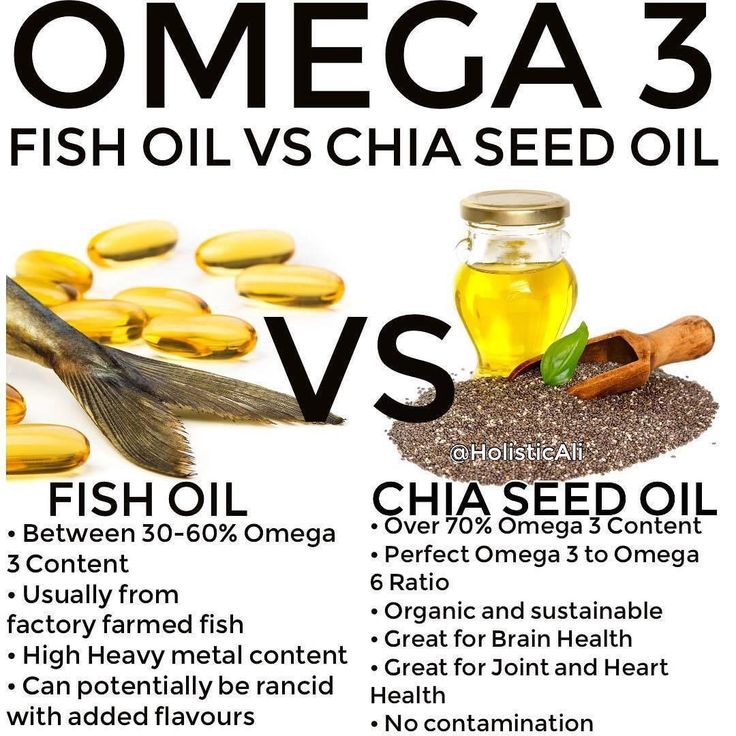
One study in 395 children tied lower blood levels of omega-3 fatty acids to a higher risk of sleep problems. It also found that supplementing with 600 mg of DHA over 16 weeks decreased sleep interruptions and led to nearly 1 more hour of sleep per night (15).
Other research suggests that consuming more omega-3 fatty acids during pregnancy could improve sleep patterns in infants (16, 17).
However, more high-quality studies regarding omega-3s and sleep in children are needed.
Enhances brain health
Emerging research indicates that omega-3 fatty acids may improve brain function and mood in children — in particular, learning, memory, and brain development (18).
In a 6-month study, 183 children who ate a spread high in omega-3 fatty acids experienced improved verbal learning ability and memory (19).
Similarly, a small, 8-week study in 33 boys linked 400–1,200 mg of DHA daily to increased activation of the prefrontal cortex, the region of the brain responsible for attention, impulse control, and planning (20).
Furthermore, several studies suggest that omega-3 fats help prevent depression and mood disorders in children (21, 22, 23).
SummaryResearch has found that omega-3 fatty acids may enhance brain health, promote better sleep, and improve ADHD and asthma symptoms.
The side effects of omega-3 supplements, such as fish oil, are generally very mild. The most common ones include (24):
- bad breath
- unpleasant aftertaste
- headache
- heartburn
- stomach upset
- nausea
- diarrhea
Make sure your kid sticks to the recommended dosage to reduce their risk of side effects. You can also start them on a lower dose, increasing gradually to assess tolerance.
Those who are allergic to fish or shellfish should avoid fish oil and other fish-based supplements, such as cod liver oil and krill oil.
Instead, opt for other foods or supplements rich in omega-3s like flaxseed or algal oil.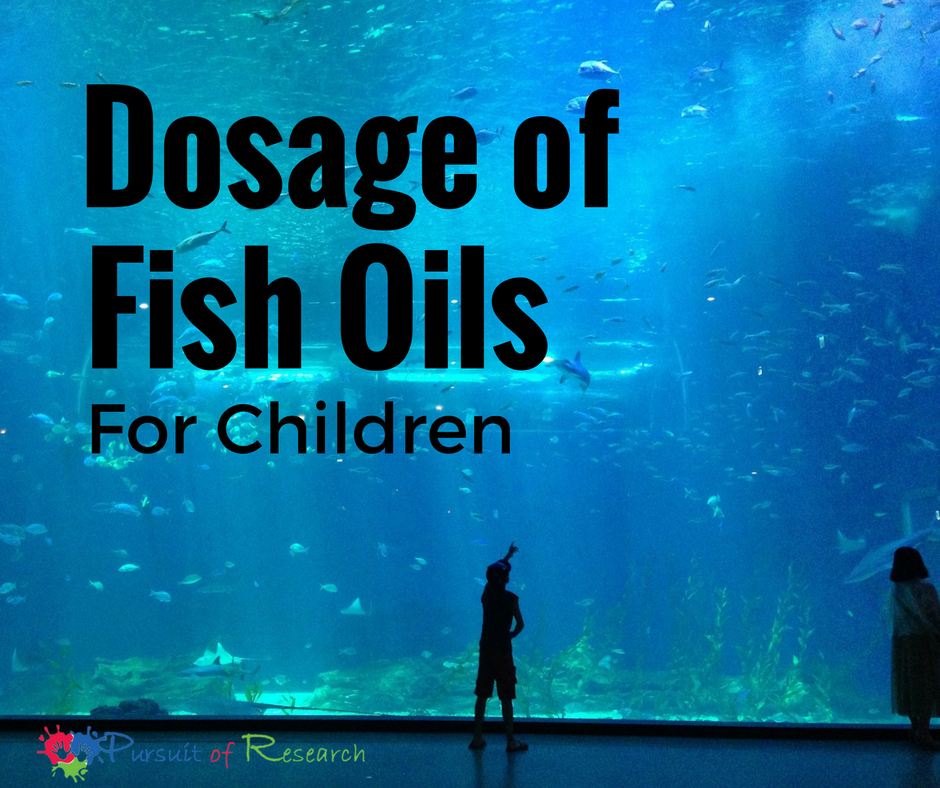
SummaryOmega-3 supplements are linked to mild side effects like bad breath, headaches, and digestive issues. Stick to the recommended dosage and avoid fish-based supplements in cases of fish or shellfish allergies.
Daily needs for omega-3s depend on age and gender. If you’re using supplements, it’s best to follow the instructions on the package.
Notably, ALA is the only omega-3 fatty acid with specific dosage guidelines. The recommended daily intakes for ALA in children are (3):
- 0–12 months: 0.5 grams
- 1–3 years: 0.7 grams
- 4–8 years: 0.9 grams
- Girls 9–13 years: 1.0 grams
- Boys 9–13 years: 1.2 grams
- Girls 14–18 years: 1.1 grams
- Boys 14–18 years: 1.6 grams
Fatty fish, nuts, seeds, and plant oils are all excellent sources of omega-3s that you can easily add to your child’s diet to boost their intake.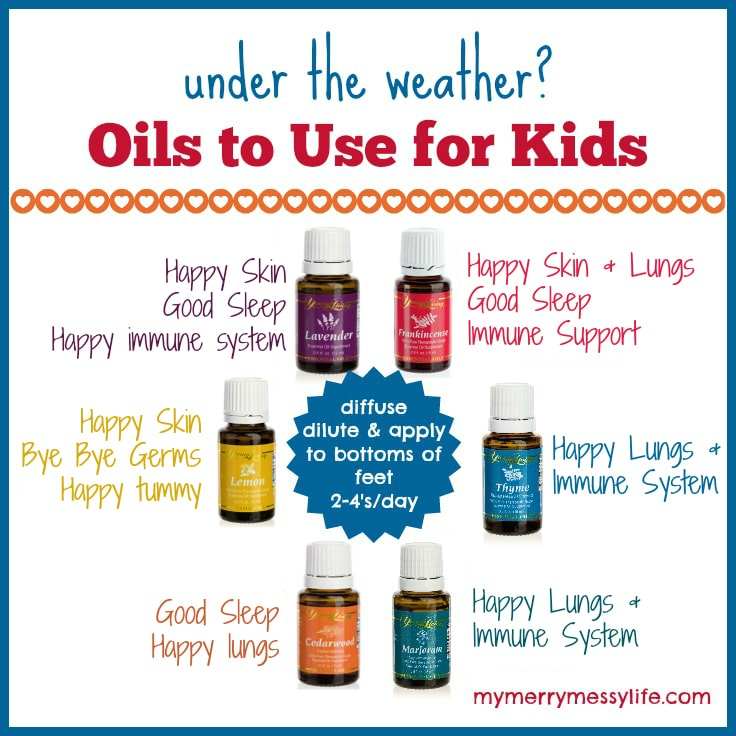
Consider supplements if your child doesn’t regularly eat fish or other foods high in omega-3 fatty acids.
In general, most studies indicate that 120–1,300 mg of combined DHA and EPA per day is beneficial for children (25, 26).
Still, to prevent any adverse effects, it’s best to consult a trusted healthcare professional before starting your child on supplements.
SummaryYour child’s omega-3 needs vary by age and gender. Including omega-3-rich foods in their diet can ensure children are meeting their requirements. Before giving them supplements, talk to a medical practitioner.
Omega-3 fatty acids are important for maintaining your child’s overall health.
Omega-3s are especially beneficial for kids’ brain health. They may also aid sleep quality and reduce symptoms of ADHD and asthma.
Providing plenty of foods high in omega-3s can help ensure that your child is meeting their daily needs. If you opt for supplements, it’s best to consult a healthcare professional to ensure proper dosage.
Omega-3: who needs and how much?
It is simply impossible to overestimate the benefits of Omega-3: this group of polyunsaturated fatty acids performs an incredible number of functions, from protecting against the destruction of cell membranes to preventing chronic fatigue, stress, and depression. In addition, Omega-3 reduces the risk of inflammation, helps to activate the immune system, the functioning of the nervous system, heart and blood vessels. You can continue this list for a very long time, but there are certain nuances.
The problem is that the human body is not able to synthesize Omega-3 fats on its own, so it is necessary to ensure a regular supply of lipids with food.
Omega-3: Daily Dose
It seems easier to figure out what foods contain Omega-3, include them in your diet and not worry about it anymore. But in order to get a tangible effect, it is necessary to calculate the optimal dose of fats. It will depend on many factors: lifestyle, health characteristics, climate, age, and so on.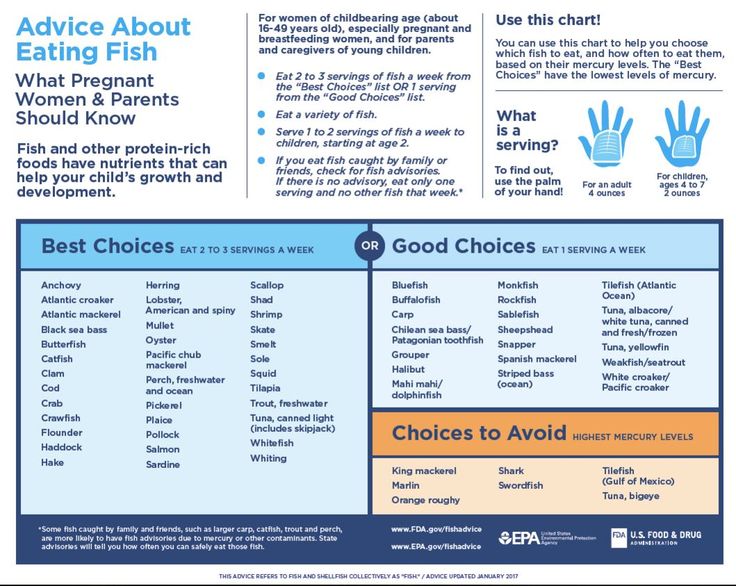
So, for example, the need for fats increases in the cold season, during depression and stress, during active sports training. Omega-3s are especially needed by the elderly and children. Separately, it is worth calculating the optimal daily dose of fats in case of certain health problems, ranging from high cholesterol to atherosclerosis.
It should be borne in mind that the body reacts negatively not only to a deficiency of Omega-3, but also to an excess of fats. The upper safe limit is considered to be a daily dose of 8 mg.
If the optimal amount of fat is not supplied to the body, the risk of developing a "fat" deficiency rapidly develops. There are quite a few symptoms that make it possible to suspect a lack of Omega-3:
- thirst;
- brittle nails;
- too dry skin;
- appearance of dandruff;
- prolonged depression;
- high blood pressure;
- immunosuppression;
- fatigue;
- loss of concentration;
- memory impairment.

Knowing the benefits of Omega-3, you should not increase the manufacturer's recommended dose without consulting a specialist, because an overdose of the drug can lead to undesirable consequences for the body.
Omega-3: daily intake for adults
The optimal dose of Omega-3 for a healthy adult (up to 60 years old) varies in the range of 0.9-1.6 g.
The maximum allowable amount of fat is 6-8 g. This is important to consider if you supplement the diet with special vitamin complexes, dietary supplements. If Omega-3 enters your body exclusively through vegetable oils and fish (that is, through food), an overdose is almost impossible - the body takes exactly as much fat from food as it needs.
After the age of 70, the daily optimal dose of Omega-3 increases: as the need for polyunsaturated fatty acids increases, and the absorption of fats decreases. After 70 years, about 1.5-2 g of lipids should be taken every day.
Omega-3: daily dose for pregnant women
According to WHO (World Health Organization), the optimal daily intake of fish oil for expectant mothers is from 2. 3 to 2.7 g. Moreover, the diet should be enriched with lipids from the first week of pregnancy . But you should not actively experiment with seafood, as they have an excessive amount of mercury - you are allowed to eat up to 100 g of fish per day. To reduce the risk of negative effects on the fetus of certain products, it is better to compensate for the deficiency of Omega-3 with dietary supplements, since fish oil is purified.
3 to 2.7 g. Moreover, the diet should be enriched with lipids from the first week of pregnancy . But you should not actively experiment with seafood, as they have an excessive amount of mercury - you are allowed to eat up to 100 g of fish per day. To reduce the risk of negative effects on the fetus of certain products, it is better to compensate for the deficiency of Omega-3 with dietary supplements, since fish oil is purified.
An increased amount of Omega-3 (up to 2-2.5 g per day) is also recommended for lactating women. After the baby is transferred from breastfeeding to regular food, you can return to the standard acid rate.
Omega-3: Daily Dose for Children
The daily dose of Omega-3 for children is determined by several factors. First, age must be taken into account:
- for children under one year old, the daily norm is 0.5 g of fish oil per day;
- babies from one to three years old should be given up to 0.7 g;
- the norm for children from 4 to 8 years old is 0.
 9 g;
9 g; - adolescents from 9 to 13 years old need an increased dose: the daily rate ranges from 1 to 1.2 g;
- under 18 years old, the optimal amount of fish oil per day is 1.2-1.6 g.
But it is necessary to take into account not only the age, but also the individual characteristics of the child (weight, state of health), the energy value of food.
The BioPharm company was one of the first in Russia to start producing fish oil for children "Biafishenol fish oil for children from 3 years old". The preparation uses raw materials from Iceland, which are made from carcasses of wild fish. Biafishenol capsules are small, making them easy for children to take. At the link above you will find information on how many capsules to take for children from 3 to 14 years old, taking into account the gender of the child.
Biafishenol with Omega-3: fish oil capsules
In summary, to meet the body's need for Omega-3, you should eat oily fish every three days.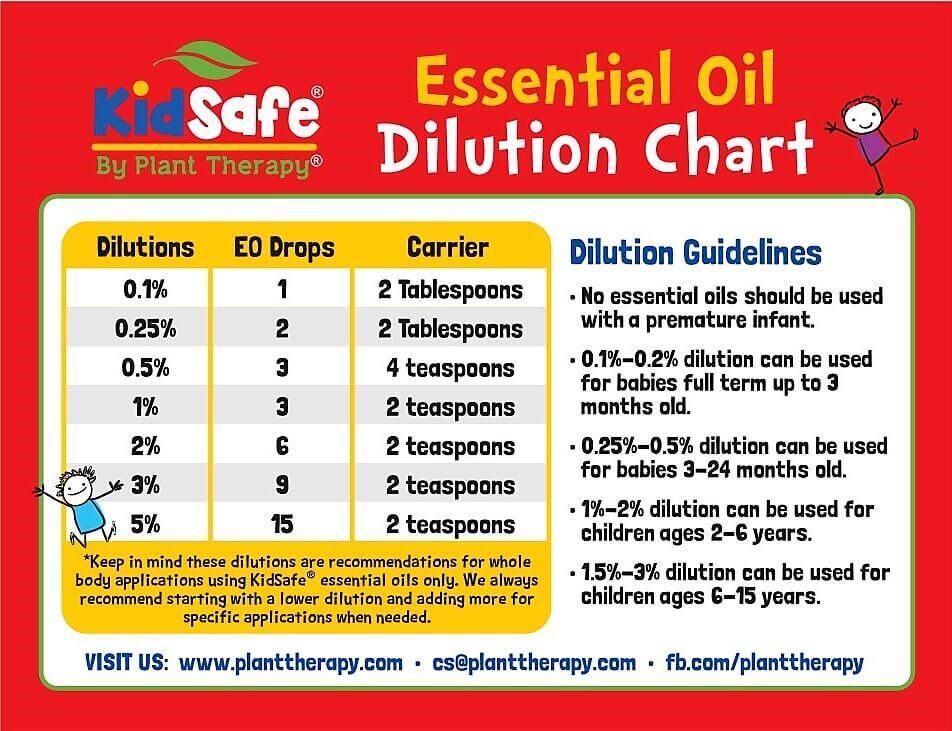 And for all those who prefer other foods in food, Omega-3 supplements will be the best way. It is better to give preference to trusted companies that have an impeccable reputation in the market, because this is peace of mind for your health and confidence in the content of each capsule, which will eliminate the risk of deficiency or overdose.
And for all those who prefer other foods in food, Omega-3 supplements will be the best way. It is better to give preference to trusted companies that have an impeccable reputation in the market, because this is peace of mind for your health and confidence in the content of each capsule, which will eliminate the risk of deficiency or overdose.
Fish oil Biafishenol from BioPharm is a great option. The company has been producing fish oil since 2001, in compliance with all TR/CU requirements. To date, the Biafishenol line includes 30 preparations containing the very Omega-3 that we all need.
Omega-3 for children: benefits, daily allowance and main sources
During the period of active growth and development, the child should receive all the necessary nutrients and vitamins. Among them is Omega-3. But the diet of children is sometimes far from ideal - they do not receive enough useful components to grow up healthy and quickly adapt to increasing school loads.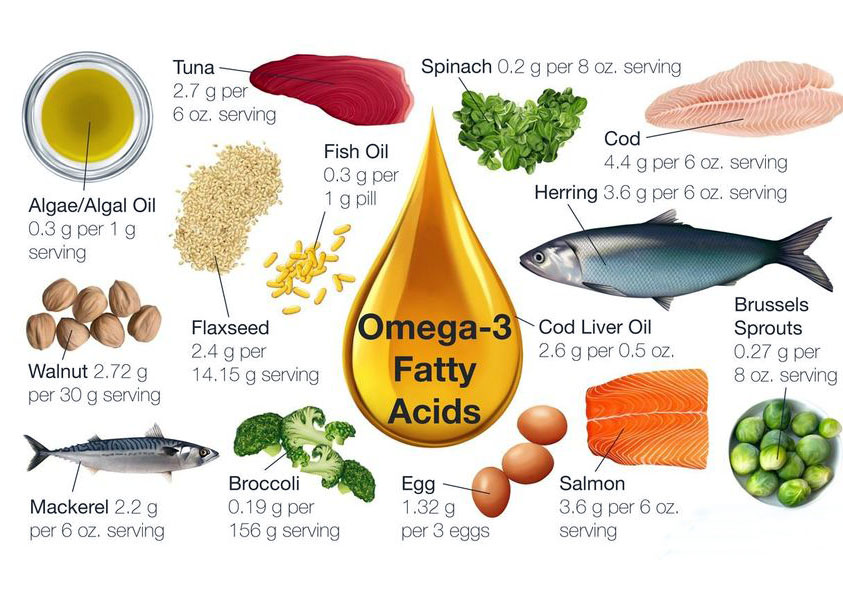 Let us analyze in detail how much Omega-3 a child needs and what to do if this norm is not respected?
Let us analyze in detail how much Omega-3 a child needs and what to do if this norm is not respected?
What is Omega-3?
Omega-3 belongs to the group of polyunsaturated fatty acids. There are many representatives of this family of substances, but the most important of them are alpha-linoleic, docosahexaenoic and eicosapentaenoic acids. They are involved in many processes occurring in the body - they are present in cell membranes and blood vessels, activate metabolic processes and ensure the functioning of internal organs.
Not all omega-3s are produced by the body. Many of them the child can only get with food, so the diet of the child is of great importance.
Daily norm of Omega-3 for children:
● up to a year — 0.5 g/day;
● 1-3 years 0.7 g/day;
● 4-8 years - 1 g/day;
● 9-14 years - 1.2 g/day;
● 15-18 years - 1.6 g/day.
What happens if the baby gets enough Omega-3?
1.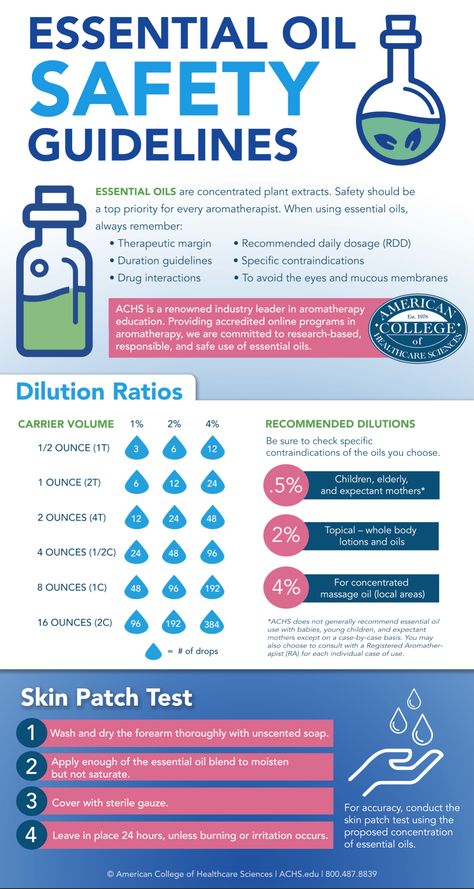 General immunity is strengthened. The child's body copes better with infections and viruses. This is important during the flu and cold season, as well as during the period when the baby goes to kindergarten and school.
General immunity is strengthened. The child's body copes better with infections and viruses. This is important during the flu and cold season, as well as during the period when the baby goes to kindergarten and school.
2. Polyunsaturated acids are present in the composition of the gray matter of the brain and are involved in the transmission of nerve impulses. With regular intake of Omega-3, the child becomes more attentive, his mental abilities increase.
3. It is believed that a sufficient amount of Omega-3 in a child's body is an effective prevention of attention deficit hyperactivity disorder. Fatty acids also help the child cope with anxiety and stress associated with increased mental stress.
4. Omega-3 fatty acids increase the production of tear fluid, which prevents the development of dry eye syndrome in those children who spend a lot of time at the computer. And at an early age, useful substances are involved in the formation of the visual analyzer. This is the prevention of poor vision in a child.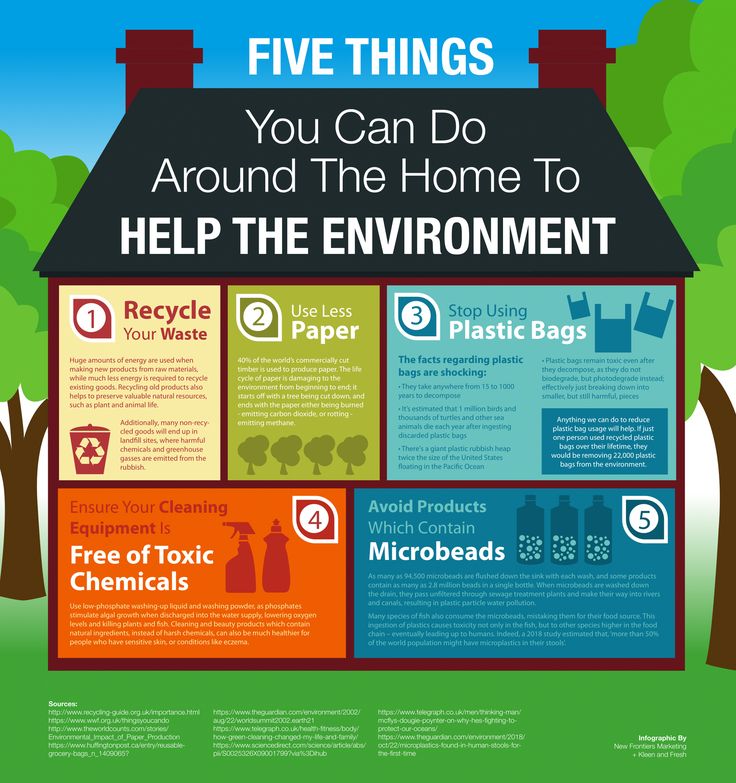
5. Omega-3 plays an important role in the proper formation of bones and teeth - acids regulate the level of phosphorus and calcium in the blood, and also increase the absorption of minerals in the intestines. It is important to ensure the intake of nutrients during the period of active growth of the child.
6. Polyunsaturated acids protect the child's cardiovascular system, helping to reduce the level of "bad" cholesterol in the blood. And this is important with an unbalanced diet.
7. Fatty acids are involved in the body's absorption of fat-soluble vitamins - E, A, D, K. They are important for the normal condition of hair, skin and nails.
Experts note that children with omega-3 deficiency have learning problems caused by distracted attention and hyperactivity, they have sleep disturbances, anxiety and irritability. Problems familiar, unfortunately, to many parents. And before you constantly scold the child for inattention and restlessness, you should think about how balanced his diet is. In some cases, children with omega-3 deficiency are also underweight.
In some cases, children with omega-3 deficiency are also underweight.
Food sources Omega-3
The body does not produce many of the omega-3 acids. But they can be obtained from food. Main sources:
● seafood and oily fish;
● mustard, chia and flaxseeds and oils based on them;
● meat of wild animals;
● algae;
● spinach.
Pediatricians insist that every child should eat fish at least 3 times a week. It is the main source of fatty acids. In this case, it is better to choose a fresh product, and not frozen. The higher the fat content of the fish, the more fatty acids it contains. Suitable salmon, mackerel, herring, anchovies, perch. You can also opt for canned fish - vegetable oil in the composition prevents the destruction of unsaturated fatty acids even during long-term storage of the product.
To maintain the “correct” level of Omega-3, it is also important that the child consumes enough vegetables and fruits, vegetable oils, and leafy greens.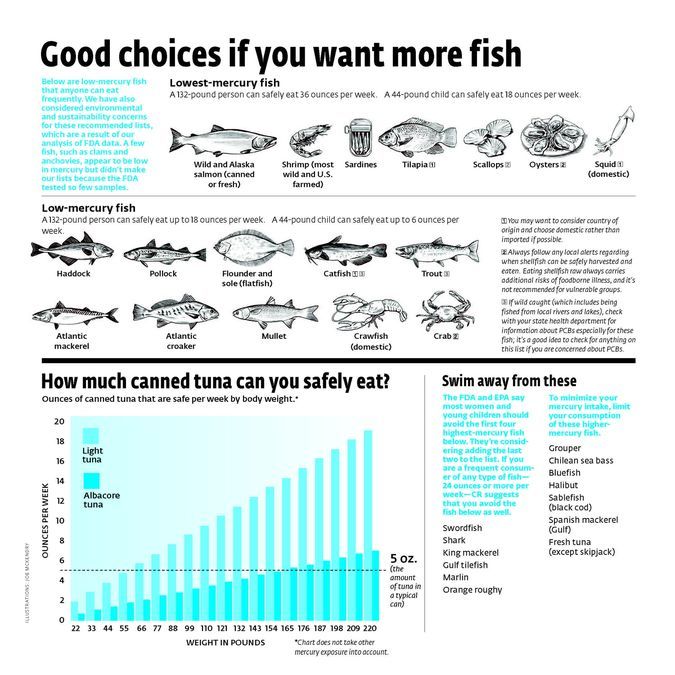
All of these are quite affordable products. That's just not every child has a love for the "right" food. Fish is one thing. But with algae and spinach, there will clearly be problems. Sometimes feeding your baby foods rich in omega-3s is a difficult task for parents.
What to do if the diet does not replenish the norm of Omega-3?
If it is not possible to normalize the child's menu for sufficient intake of unsaturated acids in his body, biologically active supplements can be included in the diet. The most popular is fish oil. Probably everyone has tried it at least once. Fish oil contains all the necessary polyunsaturated fatty acids and many other useful substances.
But remember how specific the taste and aroma of fish oil. It is unlikely that they will be able to feed the child. So we are looking for another way - an additive without such an unpleasant smell and taste so that the child does not understand that he is taking fish oil.